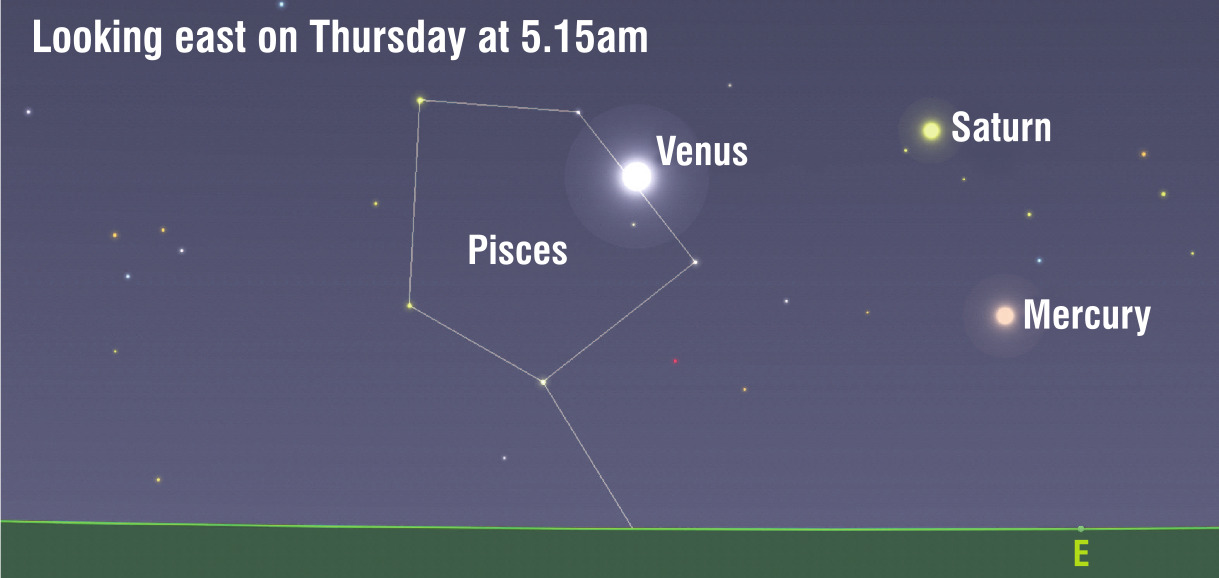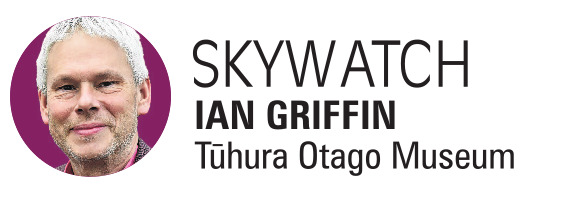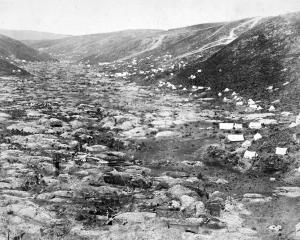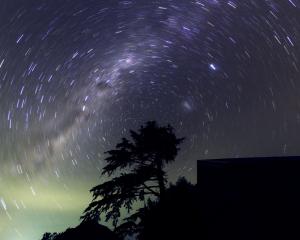
All three are clustered in the constellation Pisces, creating a rather beautiful planetary alignment in the pre-dawn sky. To see them, you’ll need an unobstructed view of the eastern horizon — a beach, hilltop or high balcony free from trees and buildings will work nicely. The perfect spot will be somewhere with a view of the ocean to the east. Here in Dunedin anywhere atop the Otago Peninsula will be perfect.
Start looking a couple of hours before sunrise, when the sky is still dark enough to spot the planetary trio. Venus is the easiest to find. With its brilliant, silvery-white glow, it is the brightest of the trio, positioned low in the eastern sky around 5.15am. Often referred to as the "morning star", Venus shines so brightly that it’s visible even as the sky begins to lighten.

Look for a faint, pinkish-yellow dot hovering just above the horizon. Binoculars may help you pick it out of the morning glow, but don’t linger too long — it disappears quickly as the sun rises.
Higher above the pair is Saturn, which, although more subdued in brightness, is no less beautiful. With a gentle golden hue and a steadier light than the twinkling stars nearby, Saturn completes this elegant planetary grouping. Though these three planets are separated by millions of kilometres, they appear to cluster together in Pisces from our vantage point on Earth — a reminder of the constantly shifting dance of the planets across the sky. If you manage to catch a glimpse of this lovely planetary trio, do take a moment to reflect on the grandeur of our solar system quietly unfolding above the sleeping world.











